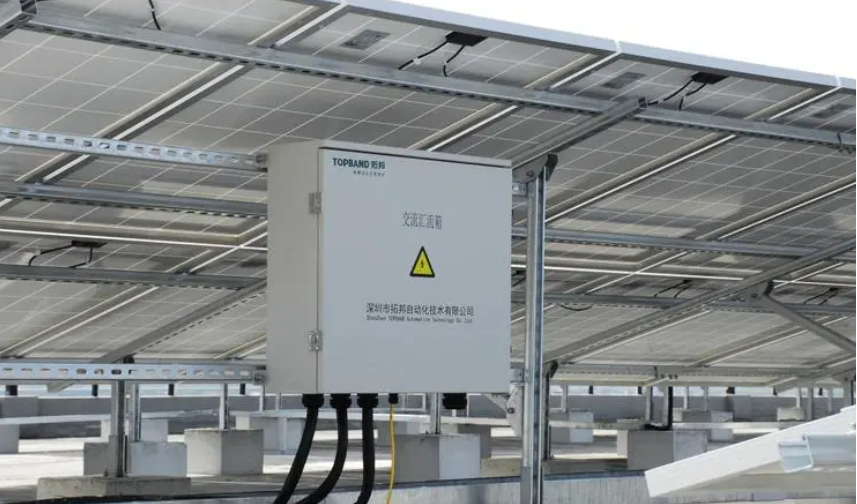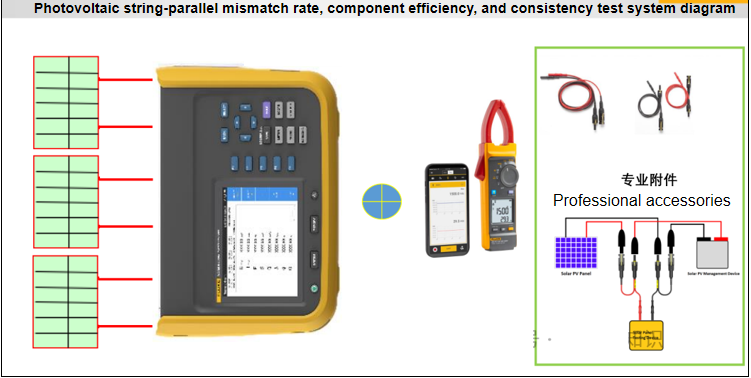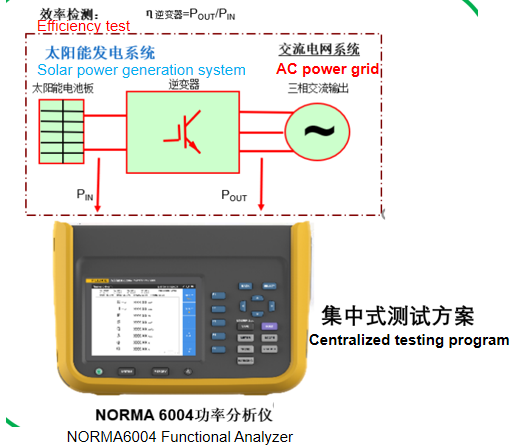As the global demand for clean energy increases, photovoltaic power generation technology has been widely used around the world. The efficiency of a photovoltaic power generation system determines its power generation capacity and economic benefits, so it is particularly important to calculate and improve the efficiency of the system. Today, Brother Qiang will discuss in detail the efficiency calculation method of photovoltaic power generation systems and analyze the key factors that affect efficiency.
Photovoltaic system efficiency The efficiency of a photovoltaic system is an indicator of its ability to convert solar energy into electrical energy. Generally, the overall efficiency of a photovoltaic power generation system can be calculated by the ratio of power generation to the solar radiation energy received. The calculation formula is as follows:
In practice, due to the constant change of solar radiation energy, the daily average radiation and daily average power generation are usually used for calculation. In addition, the impact of each link of the system on efficiency must also be considered.
1.System loss The cables, power distribution equipment and other auxiliary equipment in the photovoltaic power generation system will cause certain power losses.
Common system losses include transmission losses caused by cable resistance, contact losses of connectors and circuit breakers, and transformer losses. In general, system losses can be simplified as:
Lsystem=PlossPin×100%
(1)Typically, system losses account for 3% to 5% of total power generation. This loss can be effectively reduced by optimizing system design and selecting appropriate cables and equipment.
Line loss test method The DC line loss test from PV string to combiner box should be carried out according to the following steps:
- Select three strings, namely near, middle and far, from the PV string corresponding to the selected combiner box for testing
- Use the line loss test device to test the DC voltage at the output port of the PV string and the DC voltage at the input port of the combiner box at the same time:
- The DC line loss rate between the PV string and the combiner box (near, middle and far) should be calculated according to formula (1):
- Calculate the average value of the three test results of near, middle and far to obtain the average DC line loss rate between the PV string and the combiner box.
Ldc1,oss=(Vzc-Vhr)/Vzc x100%…(1)
Where: Ldc1,loss—Line loss rate from PV string to combiner box;
Vhc —DC voltage at the output port of PV string, in volts (V);
Vhr —DC voltage at the input port of combiner box, in volts (V).
(2) The DC line loss test from the combiner box to the inverter should be carried out according to the following steps:
- Extract three PV strings (near, middle and far) from the combiner box corresponding to the selected PV inverter for testing;
- Use the line loss test device to simultaneously test the direct voltage at the combiner box output port and the DC voltage at the inverter input port;
- The DC line loss rate between the combiner box and the inverter (near, middle and far) should be calculated according to formula (2);
- Calculate the average value of the three test results of near, middle and far to obtain the average DC line loss rate between the combiner box and the inverter.
Ldc2,loss=(vhc-Vnr)/Vhc x100%……(2)
Where: Ldc2.loss—line loss rate from combiner box to inverter;
Vhc-DC voltage at the output port of the PV string, in volts (V);
Vnr—DC voltage at the input port of the combiner box, in volts (V).
(3)The DC line loss test from PV string to string inverter should be carried out according to the following steps:
- Select three PV strings, namely near, middle and far, from the PV strings corresponding to the sampled string inverter for testing;
- Use the line loss test device to test the DC voltage at the output port of the PV string and the DC voltage at the input port of the string inverter at the same time:
- The DC line loss rate between the PV string and the string inverter (near, middle and far) should be calculated according to formula (3):
- Calculate the average of the three test results of near, middle and far to obtain the average DC line loss between the PV string and the string inverter.
Ldc3,loss =(Vzc-Vnb)/ Vzc x100%…….(3)
Where: Ldc3.loss-line loss rate of string inverter;
Vzc-DC voltage at the output port of the PV string, in volts (V);
Vnb-DC voltage at the input port of a string inverter, in volts (V).
2.Photovoltaic module efficiency and mismatch rate test
-
Inverter efficiency
The DC power output by the photovoltaic system needs to be converted by the inverter to the AC power grid, so the inverter efficiency also has a significant impact on the system efficiency.
The efficiency of the inverter is defined as: inverter=PACPDC×100%
Where:
PACP_{AC} is the AC power output by the inverter (W);
PDCP_{DC} is the DC power input to the inverter (W).
The efficiency of modern inverters is usually between 96% and 98%. The application of high-efficiency inverters helps reduce power losses during the conversion process. The specific test methods are as follows:
- a) The accuracy of voltage and current transformers should meet the requirements.
- b) For the efficiency test of string inverters, it should have the function of multi-channel MPPT synchronous testing of all branches.
- c) For the efficiency test of distributed photovoltaic inverters, it should have the function of DC-DC and DC-AC conversion efficiency testing.
Test conditions The inverter efficiency test should be carried out on a sunny day with few clouds.
Test steps The test should be carried out according to the following steps:
- Connect the data acquisition device to the AC side and DC side of the photovoltaic inverter respectively;
- Measure and record the DC input voltage, DC input current, AC output voltage and AC output current of the photovoltaic inverter;
- The conversion efficiency should be calculated according to formula (4), and the ratio of actual output power to AC rated power is 5%, 10%, 20%, 25%, 30%, 50%, 75%.
 Where:nconv: is the conversion efficiency of the photovoltaic inverter,N: is the total number of sampling points on the AC side,
Where:nconv: is the conversion efficiency of the photovoltaic inverter,N: is the total number of sampling points on the AC side,
UACi: the instantaneous value of the AC side voltage sampling;
IACi: the instantaneous value of the AC side current sampling;
ΔTi: the time interval between two consecutive sampling values on the AC side, in seconds (s);
M: the total number of sampling points on the DC side;
UDCj: the instantaneous value of the DC side voltage sampling;
IDCj: the instantaneous value of the DC side current sampling;

